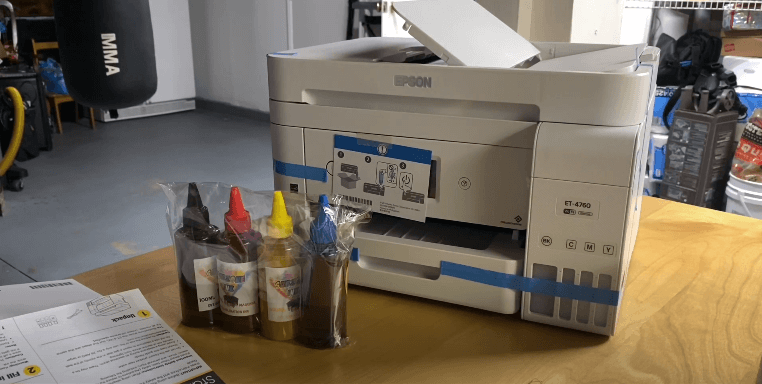Introduction:
If you are a music enthusiast who enjoys the nostalgia of jukeboxes or simply someone looking for a fun and interactive DIY project, building a Raspberry Pi jukebox is the perfect endeavor for you. A Raspberry Pi jukebox combines the charm of retro jukeboxes with the versatility of modern technology. In this article, we will guide you through the process of creating your very own Raspberry Pi jukebox, capable of playing your favorite tunes with a simple touch.What You'll Need:
Before we delve into the construction process, let's gather all the necessary components for the Raspberry Pi jukebox:
- Raspberry Pi: Choose the latest model available at the time of your build for better performance.
- MicroSD card: At least 8GB to store the operating system and your music files.
- Power supply: A suitable power adapter for the Raspberry Pi.
- Speaker: Select a speaker with good sound quality, size, and impedance.
- Audio amplifier: Required to boost the audio signal from the Raspberry Pi for the speaker.
- Buttons: For song selection and control (you can choose arcade-style buttons for a retro feel).
- Encoder: To handle button inputs and communicate with the Raspberry Pi.
- Display: An optional touchscreen display to browse and select songs visually.
- Wooden enclosure: To give your jukebox a classic appearance.
- Wires, screws, and various tools for assembly.
Step-by-Step Guide:
Set up the Raspberry Pi:
- Download the latest version of Raspberry Pi OS from the official website.
- Flash the OS onto the microSD card using a tool like Etcher.
- Insert the microSD card into the Raspberry Pi and connect it to a monitor, keyboard, and mouse.
- Follow the on-screen instructions to complete the initial setup.
Install the Jukebox Software:
- There are several jukebox software options available, such as Volumio, Pi MusicBox, or RuneAudio.
- Choose the one that suits your preferences and follow the installation instructions provided by the respective software developers.
Assemble the Audio Components:
- Connect the audio amplifier to the Raspberry Pi's audio output using the appropriate cables.
- Wire the speaker to the audio amplifier.
- Test the audio setup to ensure it's functioning correctly.
Set up the Buttons and Encoder:
- Connect the arcade buttons to the encoder using appropriate wiring.
- Wire the encoder to the Raspberry Pi's GPIO pins, following the pinout diagram for your specific model.
- Configure the button inputs in the jukebox software to trigger song selections and playback.
Create a Music Library:
- Store your music collection on the microSD card or an external USB drive.
- Organize the files in a user-friendly manner, such as by artist, album, or genre.
Design and Assemble the Enclosure:
- Measure and cut the wooden panels to create the jukebox's structure.
- Make openings for the display, buttons, and speaker.
- Assemble the enclosure using screws and glue.
- Paint or stain the wood for a polished look.
Incorporate the Touchscreen Display (Optional):
- If you choose to include a touchscreen display, follow the manufacturer's instructions to connect it to the Raspberry Pi.
- Configure the display settings in your chosen jukebox software.





